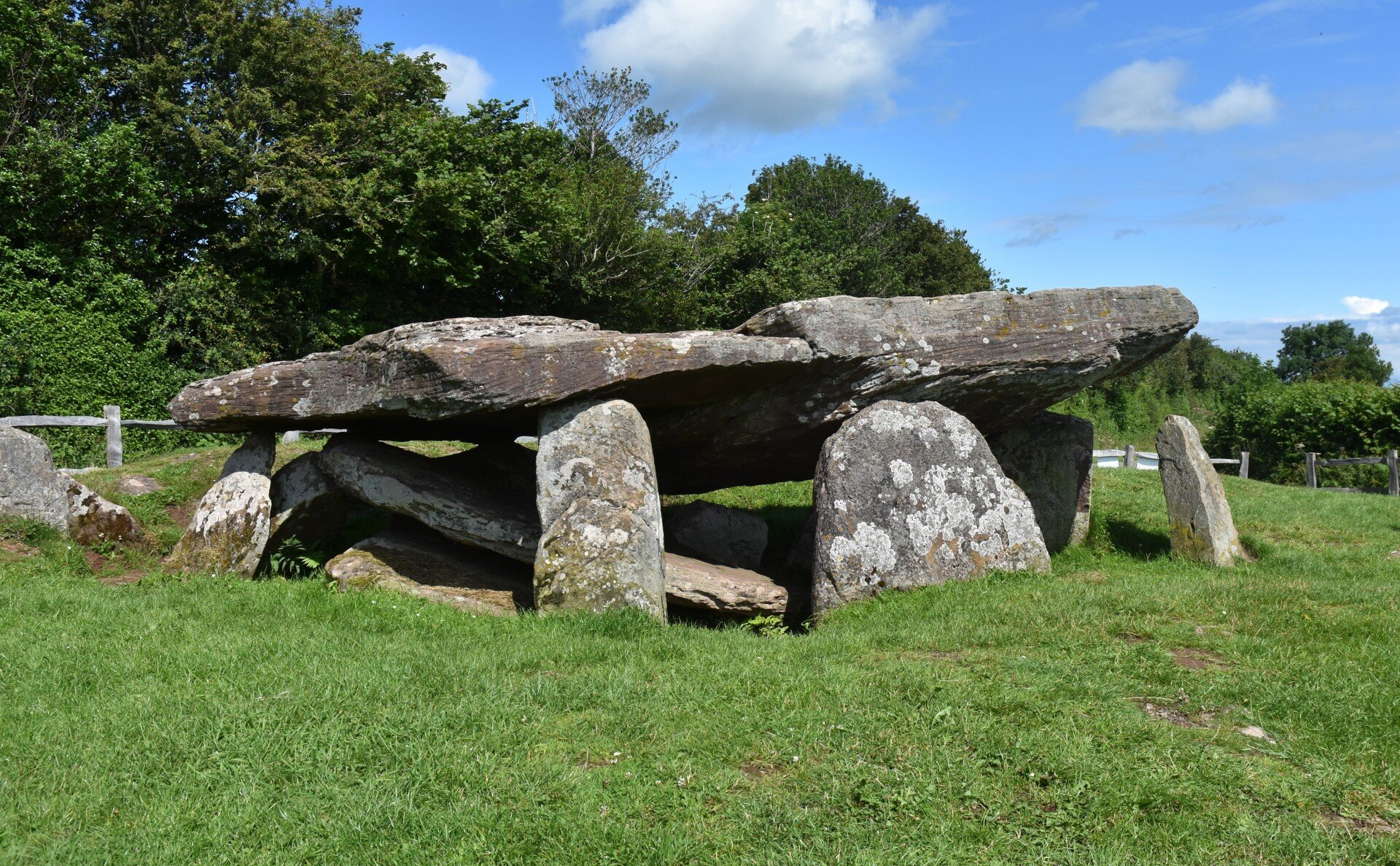Unearthing the Mysteries of North Yorkshire’s Ancient Earthworks
5 Intriguing Facts About the Thornborough Henges
The Thornborough Henges, often referred to as the “Stonehenge of the North,” are a captivating mystery that draws the attention of historians, archaeologists, and visitors alike. These ancient earthworks provide a fascinating look into the lives and beliefs of those who built them. In this article, we explore five intriguing facts about the Thornborough Henges that shed light on their history, purpose, and significance in the prehistoric world.
1. The Formation and Age of Thornborough Henges
Located near Ripon in North Yorkshire, the Thornborough Henges date back to between 3500 and 2500 BC. The site consists of three massive circular earthworks, each spanning over 200 meters in diameter. Each earthwork is referred to as a “henge,” a term that originates from an older version of the English word “hang.” The age of these henges places them at the end of the prehistoric era, offering a unique glimpse into ancient British history.
2. The Transfer of Ownership and Preservation Efforts
In February 2023, building materials company Tarmac gifted the Thornborough Henges site to Historic England, ensuring its preservation as an integral part of the National Heritage Collection. Before this transfer, the land was part of the Nosterfield Sand and Gravel Quarry. This generous gift ensures that the site will be protected and accessible for future generations to appreciate and study.
3. The Unique Features of Henge Monuments
According to Historic England, henge monuments are defined as “enclosures where, unlike those with a defensive purpose, the ditch lies inside the bank.” This characteristic sets them apart from other ancient earthworks, such as Stonehenge, where the ditch lies outside the perimeter mound. The unique features of henges offer insight into their possible purpose and function in the prehistoric world.
4. The Purpose of Thornborough Henges: Trade, Worship, or Astronomy?
The exact purpose of henges, including the Thornborough Henges, remains a subject of debate among experts. These ancient earthworks were not used for defensive purposes, which has led to theories that they may have served as meeting points for trade, places of worship, or even astronomical observatories. The Thornborough Henges, unlike Stonehenge, no longer have upright structures that once marked their perimeters. This fact, combined with the potential age difference of up to 3,000 years between the two sites, cautions against drawing conclusions based solely on physical similarities.
5. The Connection to Older Sacred Sites: Cursus Monuments
The Thornborough Henges are associated with an older linear site with sacred overtones, known as cursus monuments. These long, narrow enclosures, dug from the earth, are believed to have astronomical significance, as many align with celestial bodies. This connection to cursus monuments suggests that the Thornborough Henges may have served a spiritual or astronomical purpose, setting them apart from other contemporary linear structures like long barrows, which were primarily used for human burial.
Conclusion: Unraveling the Enigma of Thornborough Henges
The Thornborough Henges offer a captivating glimpse into the lives and beliefs of the people who built them. As we continue to explore and uncover the secrets of these ancient earthworks, we gain valuable insight into the history, purpose, and significance of henges in the prehistoric world.
📚📖 Make sure to join Ancient Library on Telegram, and become part of a unique group 👉🏻 https://t.me/theancientlibrary
If you want to help us out and support the page, you can buy us a coffee ( we really appreciate it) 👉🏻 https://www.buymeacoffee.com/ancientlibrary
I am the Librarian, and I, together with the guardians of the Ancient Library, curate content for this site. Welcome, and enjoy your stay.





